
GUEST POST by Dr. Michelle Henley – Elephants Alive Director, Co-founder and Principal Researcher
“What would the world be, once bereft of wet and of wilderness? Let them be left, o let them be left, wildness and wet; Long live the weeds and the wilderness yet.” ~ Gerard Manley Hopkins (Inversnaid 1881)
There is a special kind of peace to be found in the company of many trees. The purity of air is an added blessing given by the surrounding oxygen-producing and sunlight-seeking aspiring trees. I marvel at the diversity of the stem shapes, trying to follow them with my eyes to the upper crowns where the patterned blue sky is largely hidden by the chlorophyll puzzle of many leaf shapes. Alessandro Fusari (the responsible FFS-IGF Foundation Technical Advisor), walks us through the Miombo Forest of Gilé National Reserve in Mozambique. The grass is tall and rank, the forest vast and seemingly endless. We have come here to find elephants to collar.

Alessandro is a wealth of information about the area and its history. He has known this jewel for 20 years. Before the magic of the forests envelops us, we turn back in anticipation of the landing helicopter so the operation can start. We all realise that this is not going to be an easy task as the dambos (natural open patches in the woodlands filled with grasses, rushes and sedges) are few and far between, offering very little opportunities for the helicopter to land. The dense canopy can easily conceal a herd of wily elephants.
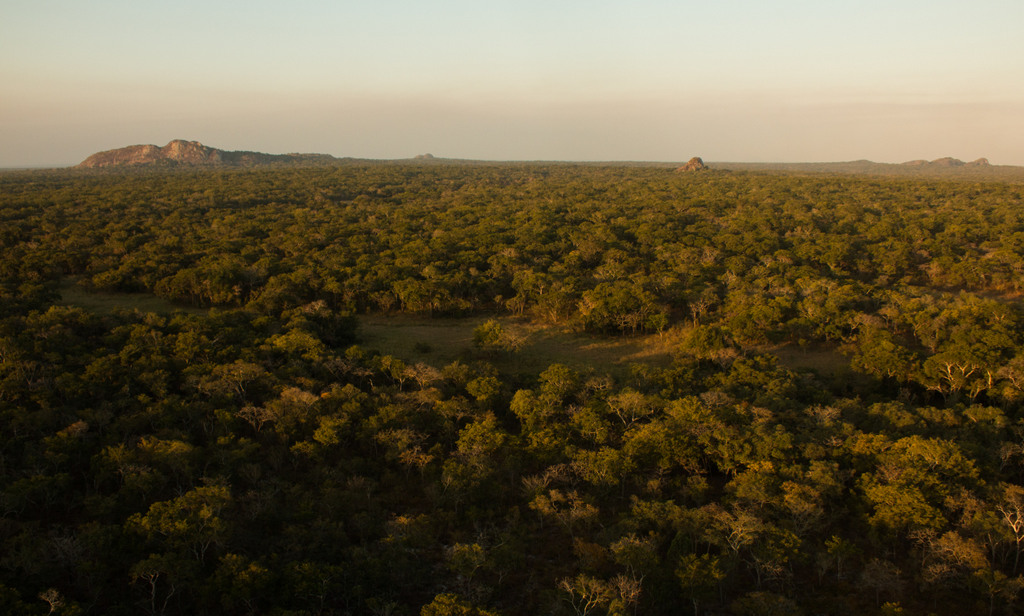
However, we could not wish for a more experienced team under the meticulous planning of Alessandro. We have Drs. Thomas Prin (Project Manager for FFS-IGF), Joao Almeida (Wildlife Veterinarian for Saving the Survivors) and Ben Muller (Wildlife Veterinarian for Wildlifevets.net). Our pilot (Peter Perlstein from Wildlife Helicopters Mozambique) comes with 38 years of wildlife flying experience.
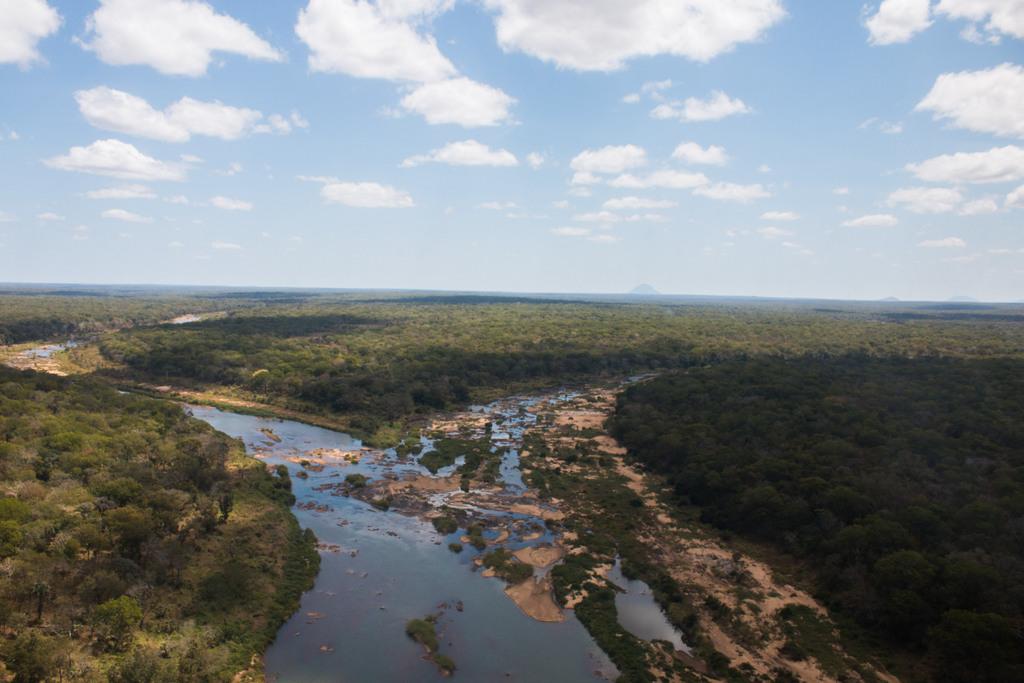
On the ground we have Dr Julieta Lichuge as Wildlife Veterinarian and Elias Matsinhe as Head of Communication and Marketing for ANAC (Administração Nacional das Áreas de Conservação). Tersio Joaquim David represents the FFS-IGF PhD Candidate who will be working with the tracking data amongst many other responsibilities. Then there is a group of nine ladies made up of the Elephants Alive team accompanied by five Blue Sky Society expedition members under the leadership of Carla Geyser. We here to help spot elephants, carry equipment, fit collars and collect data via the five collars kindly donated by FFS-IGF (Foundation François Sommer and the International Foundation for Wildlife Management) and Blue Sky Society.
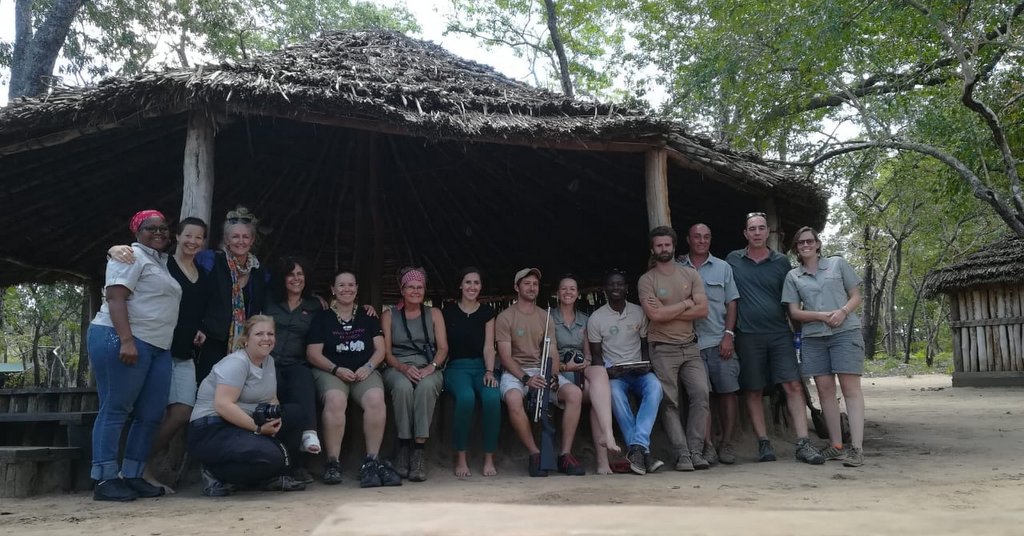
“What to do?’’ was a phrase we jovially repeated after Alessandro as finding the proverbial needle in a haystack could not be closer to the truth than finding an elephant to dart in a closed canopy of miombo woodland. Fortuitously, Dr Carlos Lopes Pereira from ANAC had collared four elephants in 2016 so we had a starting point with one operational collar left sending out a VHF signal in the sea of bush which stretched for 2,860 km² before us.
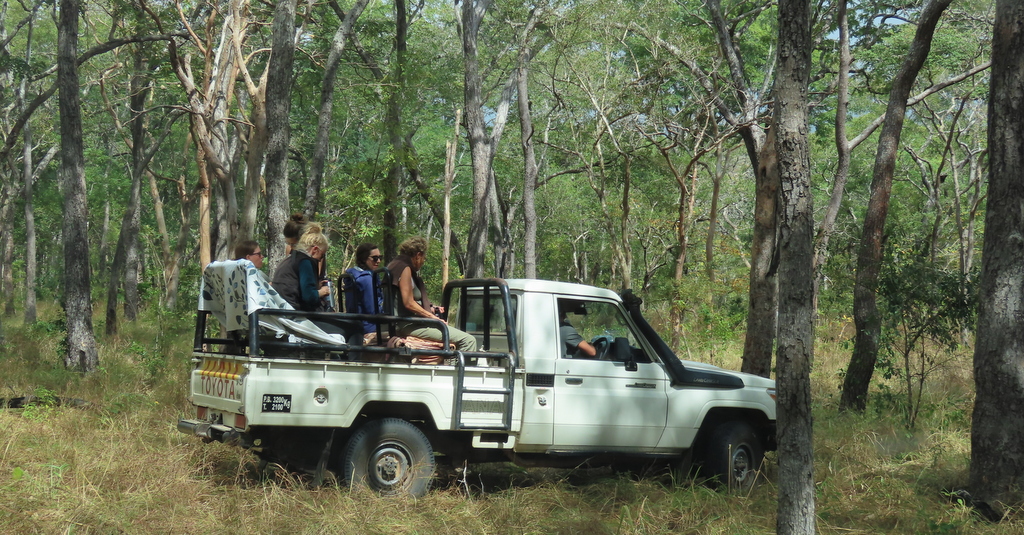
Away from the base camps on either side of the Reserve there is only one main road intersecting the breathtaking, unfragmented landscape spread below the beating blades of the helicopter. Anka Bedetti (The Elephants Alive Tracking Project Manager) kept the flying and darting teams on track so that the first tuskless cow was found relatively easily before reaching the one remaining collared cow who was due for a replacement collar.
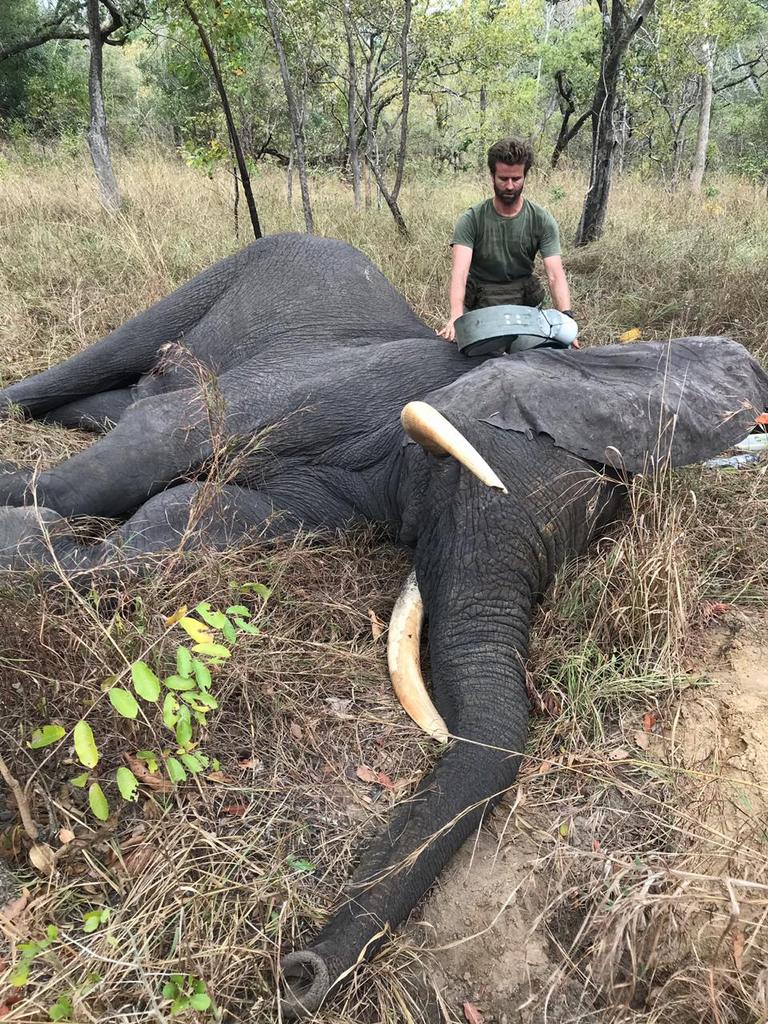
Thereafter it takes 20 hours of flying outside of Gilé into the neighbouring Community Coutada and even beyond to collar another two cows and a bull, all of which are tucked away in ever denser forest.
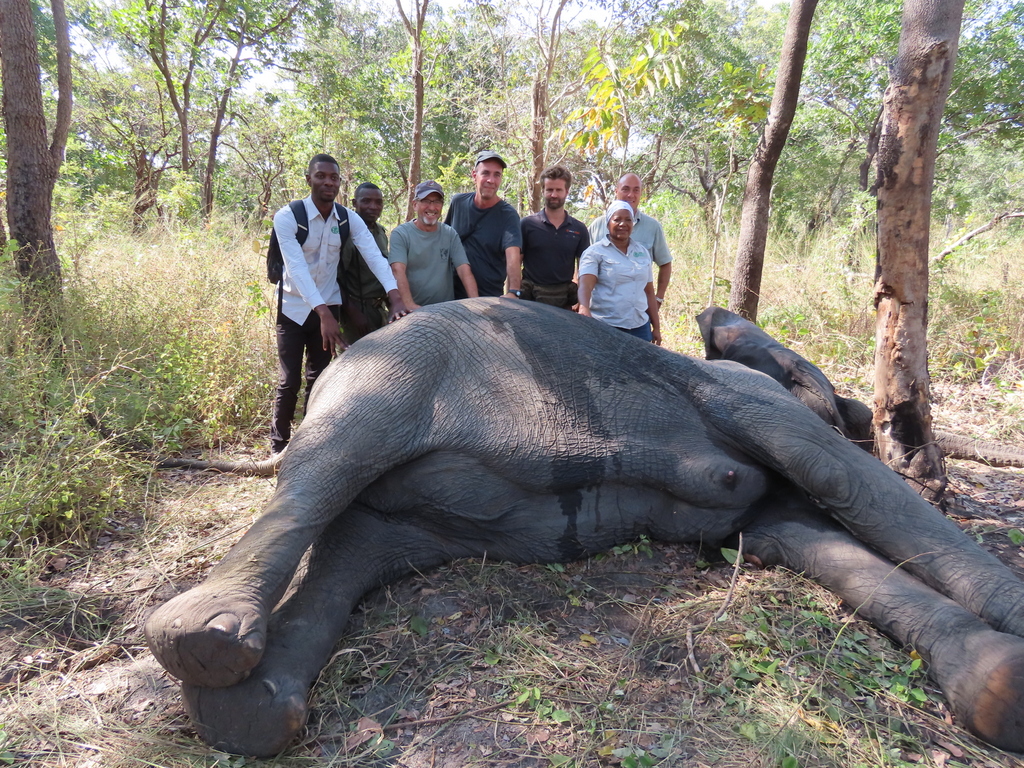
Our time and the budgeted hours come to an end too soon. One collar is left to deploy during a future mission together with two buffalo collars which Thomas hopes to deploy on some reintroduced buffalo herds.

Plumes of fires dotted on the horizon remind us all that there is still much to do in Gilé. The Reserve needs more rangers, more elephants and general game. It needs to be on the map as a tourist destination.
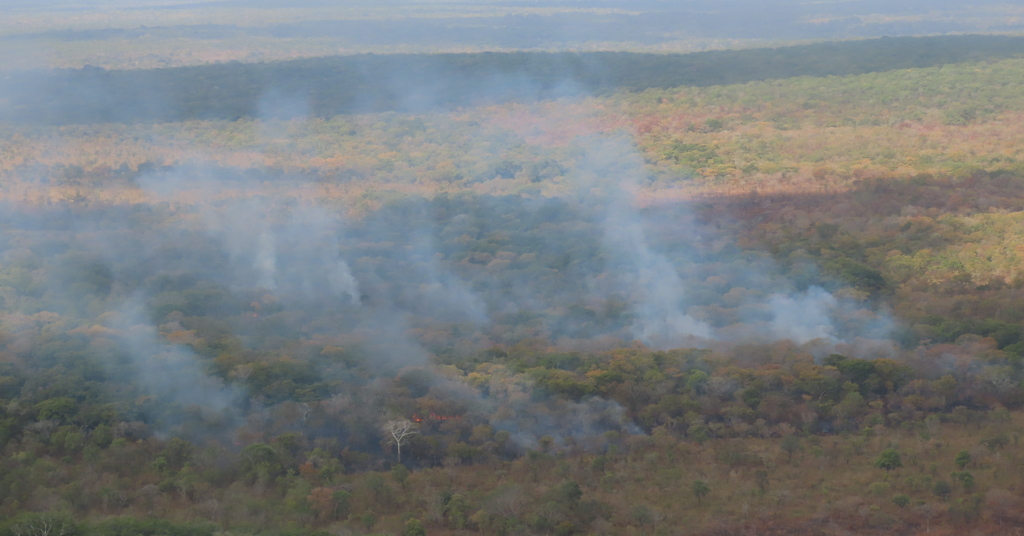
The quiet forests and the vast wilderness seem to echo with potential and if these trees could speak they would surely proudly talk of Gilé’s former glory when the Reserve was teaming with black rhino, elephants, and numerous other species including large predators which all hid in the shadows of these same trees.
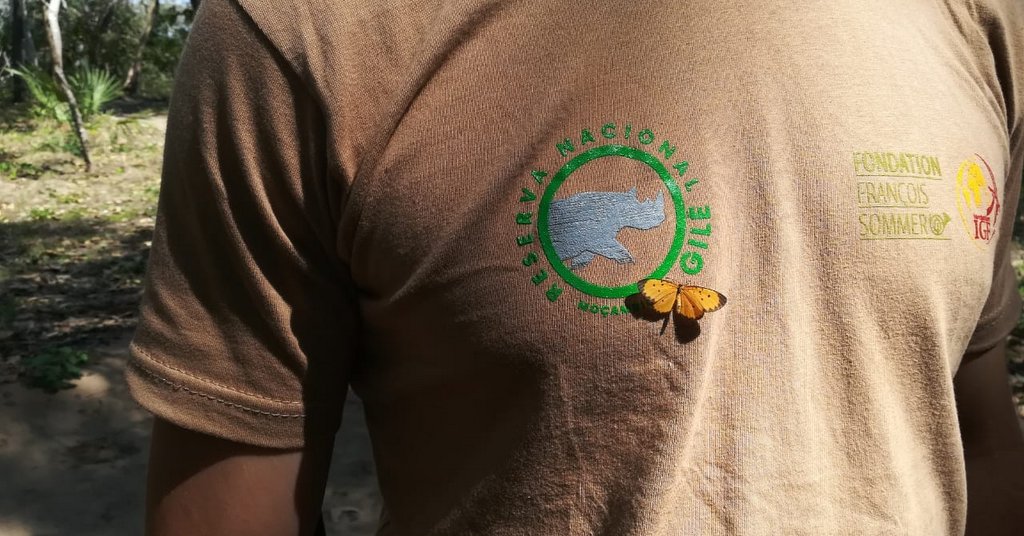
ANAC and FFS-IGF have joined hands to start the journey to ensure that the animals are brought back and protected. The collared sentinels will lead the way and map the footpaths where we all hope other soft-soles and sharp hooves will also leave their mark. Gilé National Reserve’s surrounding Coutada of Mulela will be community-owned, representing a new model where the people will have ownership of the hope and potential that the Reserve offers as a neighbour.
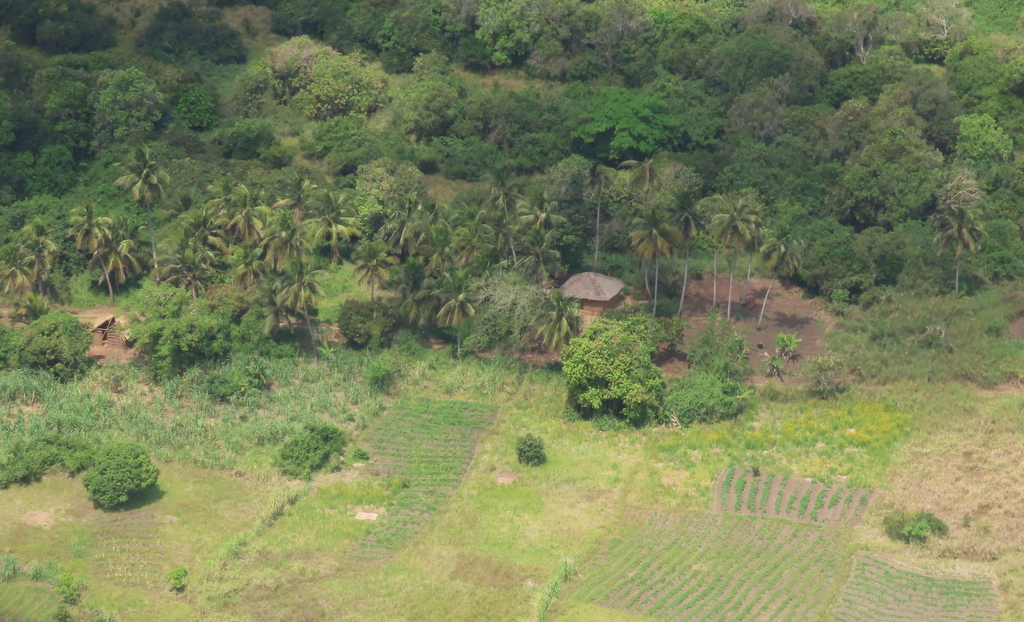
As we leave the emerald which is Gilé National Reserve, we cross into the buffer zone and then fly over the many shambas (farmlands) with their colourful inhabitants dressed in bright shweshwe prints while standing in clean-swept yards surrounded by rows of cassava crops. I keep thinking of those Brachystegia woodlands and the few remaining secretive elephants.
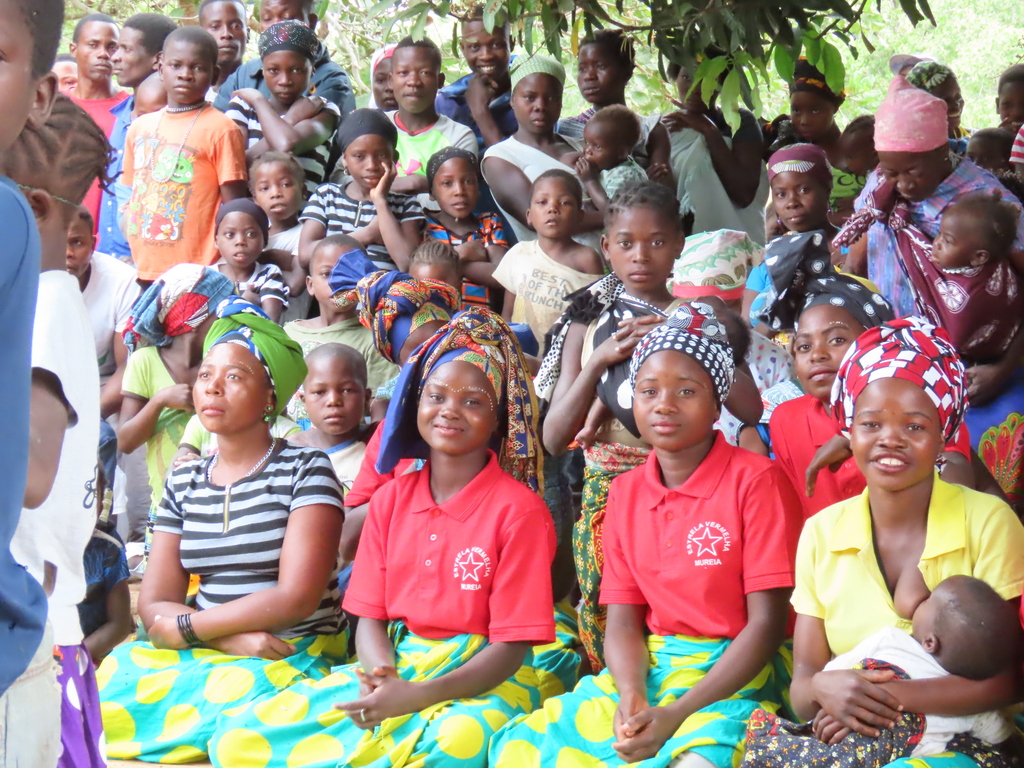
We follow the lazy bends of the Lice River heading southward and back towards Quelimane. As I look back towards Gilé the trees, people and wildlife seem to blur together on the horizon. I close my eyes in an attempt to burn the Reserve’s beauty into my mind and whisper: “Let them be left, wildness and wet until we meet again’’.
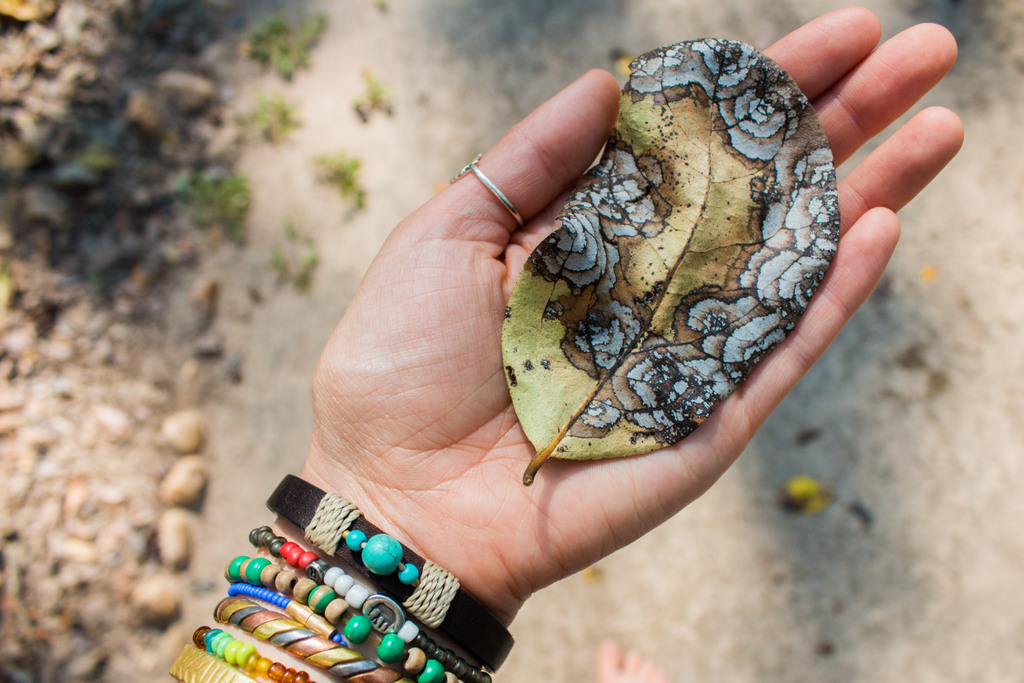
To comment on this story: Login (or sign up) to our app here - it's a troll-free safe place 🙂.![]()






